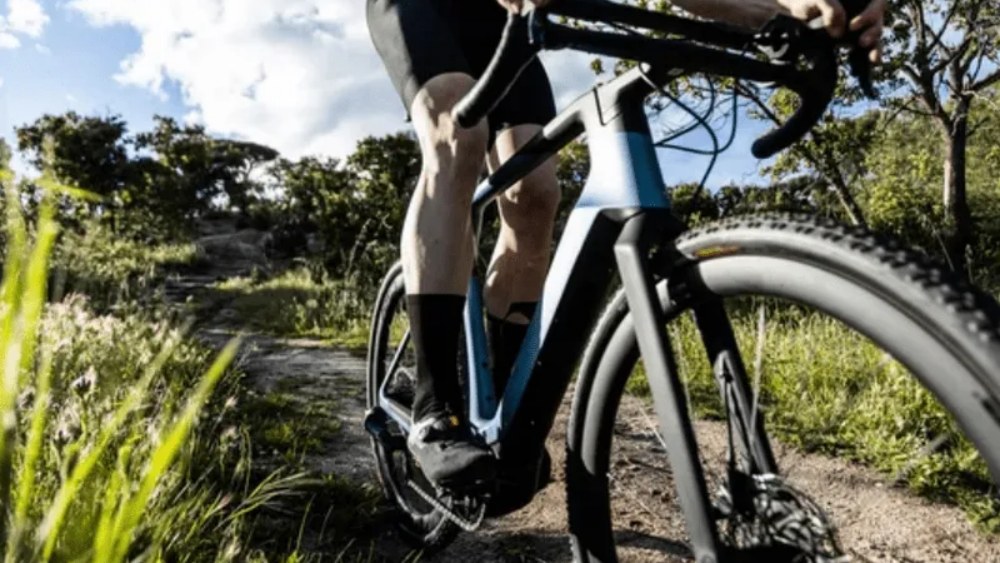36V vs 48V Electric Bike Battery, Which is Best?
Are you overwhelmed when looking for an electric bike, wondering about the range of power available and thinking about which of the available options is the best electric bike battery? There is considerable debate about 36V and 48V electric bike batteries. Which one is better and is a 48V ebike battery worth the investment? Who should choose a 36V ebike battery? These are some of the legitimate questions asked by new cyclists. We will address all of them in this article. But first, let us introduce you to some of the most commonly discussed e-bike terms and specifications.
Battery Voltage.
The volts in a battery refer to its ability to deliver current. A higher voltage battery provides more power. This is easy to understand. a 36V ebike battery allows you to draw a smaller critical current, usually around 15 amps, while a 48V ebike battery will allow for a larger current in the 10 – 40 amp range. This means you can go faster with a 48V electric bike battery. Therefore, a 36V electric bike battery will require you to use more stamina to reach the same speed. As a result, you may put more strain on the battery.
 Amp Hours
Amp Hours
Amperage is a measure of current. An amp hour is the potential of a battery to deliver a specific amount of current for one hour. For ease of understanding, we’ll explain this in 1 amp-hour increments. At this rate, your bike will receive 1 amp of current for one hour on a single charge. As you increase your speed, the duration for which the battery can maintain speed will decrease. So, continuing with our example, a 1 Ah battery can manage 1/2 hour of 2 Amp power and 1/3 hour of 3 Amp power until fully discharged.
Wattage
This is a parameter you see more often on e-bikes and should play a key role in determining the best e-bike battery.
Watts = Volts x Amps
When you multiply the battery voltage by its given amperage, you get Watts. This is the maximum amount of power an e-bike battery can handle. It is measured in watt-hours and shows how many watts an e-bike battery can deliver in an hour.
Volts (V) Amp Hours (Ah) Watts (W)
36 10 – 15 360 – 540
48 10 – 40 480 – 1920
Manufacturers typically report peak watt hours and average watt hours. What’s the difference? Peak watt-hours are the maximum that an e-bike can manage in several situations. Average range is the range it will provide when you use a combination of throttle assist and pedal power.
Range
The range of an e-bike is similar to the range of a car. The same company makes the same models, but each car has a different number of miles per liter. Similarly, the range of an e-bike describes the amount of power (in watts) that is available on a single charge for one hour until the charge drops to a critical level. Just as two cars of the same model from the same manufacturer cannot have the same range, e-bikes have different ranges. The average watt-hour that an e-bike battery can deliver refers to its range. Let’s say you ride an e-bike with an average range of 750 watt-hours. You can get more power assist (e.g. 1000 watts from the same battery) in 2/3 hours (rough estimate). But the increased speed and torque will eventually affect the average performance of the battery. On the other hand, if you save extra voltage, your e-bike can get a greater range.
36V vs. 48V e-bike battery, which one is best for you?
So, which battery is better?
You might think, by the terms discussed and the calculations shared, that a 48V battery would be the best e-bike battery because it offers more power and range. The answer is more complex. Instead of focusing on which e-bike battery is best, consider which one will best meet your needs. Let’s consider the various factors that determine which e-bike battery is best for you.
Weight
Your weight is an important consideration in determining which battery is best for you. For people weighing 250 pounds or more, the battery considerations increase exponentially. Let’s say you want to ride your e-bike to do errands in your neighborhood (a largely flat area). You weigh about 100 lbs. You might use a combination of power assist and pedaling to comfortably make quick round trips at 400 watts per hour. Looking at it this way, your 36V e-bike battery can travel 20 – 40 miles on a single charge. Your weight and the weight you carry on the bike will determine whether the bike will travel 20 or 40 miles. These considerations are especially important if you are adding a stroller for children or pets to your bike.
Terrain
Flat surfaces require less energy to accelerate a vehicle. You’re more likely to get tired while traveling on foot than if you were to travel the same distance on a flat road. The same rule applies to your e-bike. Hilly areas require more power and provide resistance, especially on windy days. If you weigh less, a 36V e-bike battery may be able to provide enough power to climb up. But first, you’ll feel more resistance, second, you’ll drain the battery faster, and third, you’ll stress the battery, compromising its life and efficiency.48V e-bike batteries are better suited for hilly areas. First, they allow you to draw a much higher critical current than 36V e-bike batteries. These batteries cost more and are heavier, but are worth the investment if you frequent hilly environments.

Controller
The controller is responsible for regulating the amount of power supplied to the bike. If your controller is rated at a lower wattage than the battery, it will discharge less current no matter how much you push the auxiliary control buttons or the battery voltage. However, using a controller with a higher wattage rating will cause you to draw more current than is ideal, leading to overheating. Ideally, you should use a controller with the same power rating as the battery. The resulting e-bike power and torque (ability to use gears) will depend entirely on the battery.
Purpose
This is probably the primary consideration whenever you are looking to buy something. Why do you need it? How often do you plan to use it? Are you looking for an e-bike to enjoy the riding experience and use power assist intermittently? As a result, you can feel your legs working out and will gain a little strength when you’re feeling less active. Because 36V e-bike batteries are perfectly capable of doing this, as long as your weight is within a given range and the terrain you’re traveling on is more or less flat. But if an e-bike is a faster, cheaper option for urban commuting, a great way to get to work without feeling miserable in traffic jams, then you need to use a 48V e-bike battery. 48V e-bike batteries give you fast acceleration and greater bike range. But that’s exactly what city commuters are looking for in an e-bike. Similarly, if you want to use an e-bike to explore nature (which usually consists of rough surfaces), then you need a 48V e-bike or higher, given the incline and the weight you’re carrying.
Conclusion
We started by exploring the question: “Which is the best battery for an e-bike, 36V or 48V”. We came to the conclusion that the answer is relevant to the user. Both batteries have their pros and cons. 36V ebike batteries are relatively inexpensive and are suitable for anyone who wants to enjoy the riding experience on a flat surface. 48V ebike batteries are relatively expensive. But if you need more power then it is worth the hassle.
Have any questions? Drop us a line below! Let our well-designed Electric Bike and quality outdoor accessories take you on a journey to explore nature and unleash your passion for unlimited adventure!
 Shuangye ebike
Shuangye ebike
